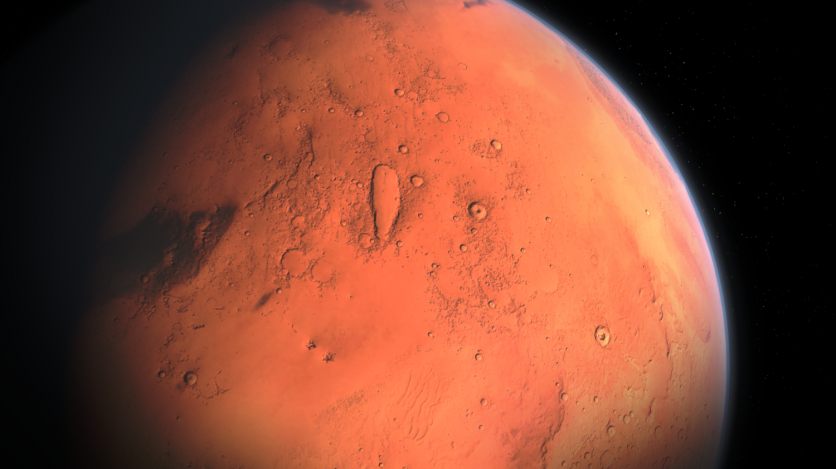The organic molecules found in a Martian meteorite that landed in Morocco 11 years ago have the potential to shed light on Earth's geological past and shed light on whether or not life existed on Mars.
To answer the question of whether or not life ever existed on Mars, researchers need a better understanding of the red planet's water, organic molecules, and reactive surfaces, according to Philippe Schmitt-Kopplin of Germany's Technical University of Munich and Helmholtz Zentrum Munich.

Unraveling the Martian Meteorite's Compounds
Tissint, named after the Moroccan town where it was discovered, is one of only five Martian meteorites to reach Earth while being watched, Space.com reports. The rock, which originated on Mars hundreds of millions of years ago, was likely blasted into space by an explosively violent event and eventually crashed to Earth's surface.
Substances rich in carbon, hydrogen, oxygen, nitrogen, and sulfur are known as organic compounds.
Organic chemicals are often thought of as being produced by living organisms. However, this is not always the case. Abiotic organic chemistry is a term used by scientists to describe the situation in which the discovery of organic chemicals does not prove the presence of life.
Andrew Steele is a researcher from the Carnegie Institution for Science in Washington, DC, who was part of the team investigating Tissint. He stated that understanding the mechanisms and sequence of events that produced this rich organic treasure will offer new insights about Mars' habitability and perhaps about the events that may lead to the creation of life.
The researchers carefully studied the organic inventory of Tissint. With this, they could compile the most extensive database of the organic compounds discovered in a Martian meteorite or in a sample recovered and studied by the Mars rover. They found that different chemical compounds and types may correlate with meteorite minerals.
Abiotic organic chemicals formed due to interactions between Martian rock and water were one focus of this discovery. It also shed light on the processes operating under the mantle and crust of the red planet and how they have evolved through time.
The team also discovered organic magnesium compounds in large amounts, something that had never been detected in Martian soil before. These molecules may help elucidate the geochemistry of Mars's deep core, which was formed by tremendous pressure and temperature.
This organic magnesium compound's prevalence may also indicate a link between Mars' carbon cycle and the development of its minerals.
See Also : China Zhurong Mars Rover Still in Hibernation After 2022 Dust Storm, Will It Still Wake Up?
Further Exploration of the Red Planet
Future missions, such as Mars Sample Return, a planned collaborative mission of NASA and the European Space Agency, would hopefully bring back samples of the red planet's surface to help fill in the geological gaps in the team's knowledge.
Such data might significantly advance our understanding of the conditions that contributed to the emergence, persistence, and transformation of organic molecules on ancient Mars.
This group's study was published in Science Advances on Wednesday, Jan. 11.

ⓒ 2025 TECHTIMES.com All rights reserved. Do not reproduce without permission.




